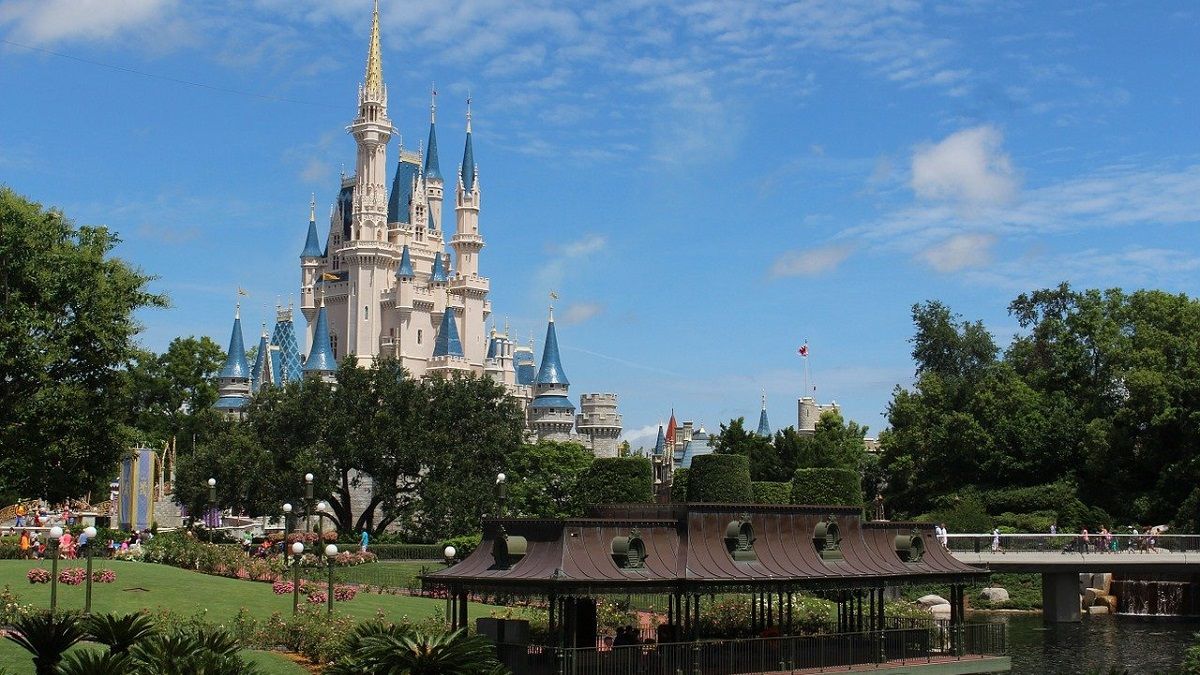There are things that, when you push down on them until they are flat, will always revert back to their original shape when that pressure is lifted. But not everything has this capability, so how do we tell the difference?
After nearly two years, I believe that the pandemic may never end and that new outbreaks and variants will continue to pop up sporadically for at least the rest of my lifetime. But if the world cannot end the coronavirus, we will have to learn to manage it.
A lot of that will mean getting the economy back to business. But to quote the poster for the original The Texas Chain Saw Massacre, “Who will survive and what will be left of them?”
Winners and losers
Let us start with some numbers for context. Leaving aside the human cost, the economic damage of 2020 and 2021 has been horrendous. According to the OECD, “The covid-19 pandemic has triggered the deepest economic recession in nearly a century, threatening health, disrupting economic activity, and hurting well-being and jobs.”
The figures were startling. The Brookings Institute reported: “The global economy contracted by 3.5% in 2020 according to the April 2021 World Economic Outlook Report published by the IMF, a 7% loss relative to the 3.4% growth forecast back in October 2019.”
Not all industries, however, have been equally affected. While home delivery services and TV streaming have done pretty well out of the crisis, others have fallen by the wayside.
In April, McKinsey released the findings of its research on the airline industry. We have covered that report, Back to the Future? Airline Sector Poised for Change post-covid-19, already on these pages. The pandemic not only ripped apart the industry, it said, but its effects will continue to resonate.
Said the authors: “It’s difficult to overstate just how much the covid-19 pandemic has devastated airlines. In 2020, industry revenues totalled $328bn, around 40% of the previous year’s. In nominal terms, that’s the same as in 2000. The sector is expected to be smaller for years to come; we project traffic won’t return to 2019 levels before 2024.”
The industry is also going to face, probably, moves against it by states to hold it more accountable for its carbon emissions. As I wrote last month, “If governments are serious about climate change, there is a good chance that they may try to rein in the airlines, imposing larger and larger taxes to fund efforts to reduce the CO2 in our atmosphere. That will push up prices, leading to more and more refusing to step on a place, either for monetary or ethical reasons.”
It is also, like the cruise industry, deeply indebted. Companies such as Carnival turned to the bond markets as they burned through cash during lockdown, borrowing $4bn from investors and promising an interest rate of 11.5%.
Pumping iron
And let us put gyms into the mix. When the world turned to the sofa and Netflix, it was gyms that felt the bite. According to the IHRSA in the US, 17% of US gyms had closed by the end of 2020, with industry revenue falling by 58% between 2019 and 2020. 44% of people in the industry lost their jobs.
That is a hard hit, and the IHRSA knows it. In June, it tried to rally support for The Gyms Mitigation and Survival Act, a proposed $30bn fund that would ‘directly assist the health and fitness industry’.
While it is generally wrong to generalise, every gym that I have been a member of has been run by pirates and vagabonds.
As for flying, I sometimes believe that the management of Ryanair and Easyjet are the biggest heroes that climate change activists could have, since their business model seems to be, “Hey, let’s make this as unpleasant as possible.”
Cruise ships, too, have their valid detractors who point at their environmental impact and labour relations.
Give the people what they want
Instead, the streaming services are providing a model for success. It is not much of a model, but it essentially boils down to just giving people what they want. When schools shut in 2020, one of the first things Disney did with the release of its own streaming service was to put the movie Frozen II on there, way ahead of its original proposed release. It has since followed that up with Luca; the Marvel TV shows The Falcon and the Winter Soldier, Loki, and WandaVision; and Black Widow (although Scarlett Johansson is suing over that, and rightly).
The House of Mouse saw the writing on the wall, realised that they had things that people wanted, and stepped up. That was not a bad idea. Not only did customers want what they were having, they felt a fealty to Disney. What they were offering seemed fair, and at a fair price. It worked for them, too, with 26.5 million members in Q1 2020 ballooning to 116 million by Q3 2021.
Gyms, planes, and cruises seem, instead, to be in the begging-for-money business. Some, like McFit in Germany, reduced their prices to try and entice people through the door. But there did not seem to be any great drive towards providing a better experience. Plane travel, as the world takes off again, seems to have gotten worse, with fare increases and the trimming of benefits.
If I was an investor right now, looking to put my money or someone else’s into a business, I would be looking very, very closely at where it was going. More than just profit and loss, or indebtedness, or projections, I would be looking at how that company views its customers—as chattel that can be milked for profit or as one half of a copacetic relationship?







